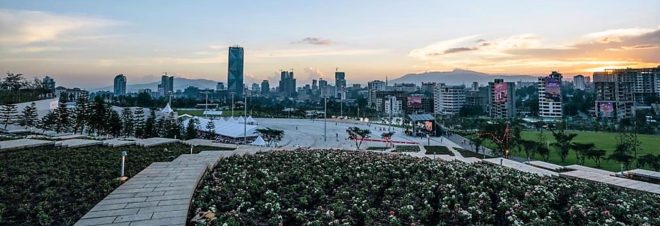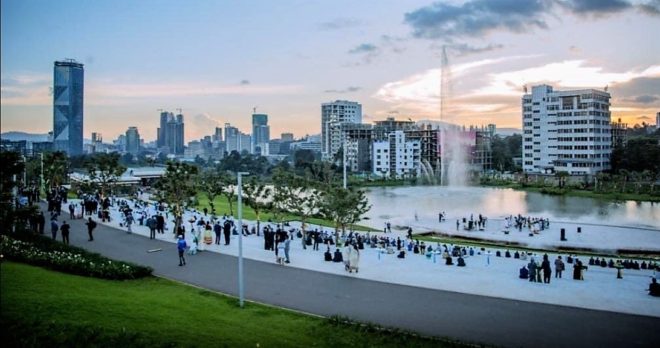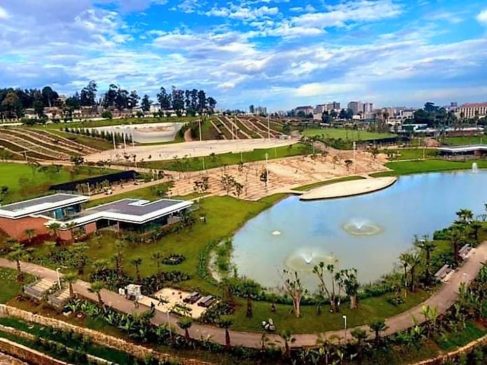Tourism in Ethiopia
By Aude Vogele

Ethiopia hosts increasingly large amounts of tourists. In 2006, tourism counted for 5.5 percent of the Ethiopian Gross Domestic Product.
At this time, Ethiopia welcomed 330,000 tourists. In 2011, this number was already almost twice as 2006: 560,000 tourists came to Ethiopia.
Many reasons explain this increasing number of tourists. First of all, this increase is due to a rich cultural and historical heritage. The long and proud history that extends back to the known beginnings of humankind is an asset to attract more tourists each year. The unique cultures and religious history of the country make Ethiopia special in the eyes of tourists. Besides, the tourists who like nature, enjoy wonderful scenery and archaeological sites and the diverse and exotic flora and fauna.That sets Ethiopia apart from the other neighboring countries.
Moreover, Ethiopia has become a country open to tourists, the tourism visa of one month is pretty easy to obtain. Finally, the constant increasing number of tourists can be attributed to the socio-economic development and democratic processes that have taken place in the country over the past decade.
Although Ethiopia has big potential to develop its tourism, it is still a destination that is complicated to choose for most tourists.
Primarily, for main tourists, it’s very difficult to get the information in Ethiopia compared to another country. There are not a lot and most of the time no indication to make the tourists repair themselves. For instance, Debre Libanos is known for its monastery but most of the tourists don’t know about the Portuguese Bridge. Moreover, there is absolutely no indication to find it.
One of the constraints to the development of travel and tourism can be also the negative perception of Ethiopia in the world community. Ethiopia is still not a common destination. There are always doubts concerning the security in a developing country. Read more



